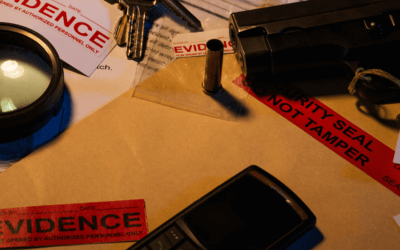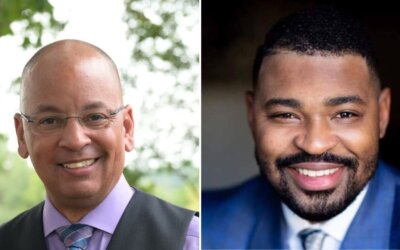
Student suspended over Black liberation protest is finally back in school.
HENRICO- Do students in Virginia have a right to protest? And if so, do they have to follow certain rules? An incident in Henrico County raised those questions this month. At Deep Run High, Kenton Vizdos was suspended after protesting racism and fascism in his online class. Compelled by his situation, The ACLU of Virginia took on his case, saying that it could set a precedent for student’s exercising their freedom of speech while in class virtually.
Now, almost one month since his suspension, he’s back in class, still protesting until he sees real, structural change.
A Silent Protest
The 17-year-old Vizdos never had any disciplinary problems in school until this year. A straight-A student who wants to become a web developer, he’s not the type to act out in class.
However, early this November, the Henrico school suspended him for 10 days.
“The issues I’m protesting, racism, fascism and injustice, are important to me. And my goal is to start a dialogue about these problems with my classmates and our administration,” said Vizdos.
A senior at Deep Run, Vizdos, who is white, started silently protesting on Nov. 4 .
Since they began holding class virtually, Deep Run has been using a program called Microsoft Teams, a platform similar to Zoom. The school does let students turn off their cameras while in class. So, Vizdos decided to turn his camera off and to play a slideshow of images protesting against racism and police brutality instead.
“Too many Black people are killed by police in this country. We have serious problems with systemic racism, and it shows up in law enforcement, in government and in my school,” said Vizdos.
The images Vizdos projected for his classmates and teachers were compiled into a 55-slide presentation that included images of Michael Brown, Breonna Taylor and countless other victims of police violence. Some slides had links to petitions to support Black liberation organizations and victims. Other slides detailed characteristics of fascism.
Suspended for a Slideshow
A few teachers asked him to turn off the slideshow, but he refused. Then, after a call home from the school’s principal, Vizdos was kicked out of class.
On Nov. 5, one of his teacher’s said that it was the motion of the slideshow causing a distraction and suggested he change his method.
The next day, Vizdos switched to a still picture listing the names of Black people killed by police. He was kicked out of most of his classes immediately.
Later that day, on Nov. 6, the Henrico school suspended him for two days.
“I made sure that my silent protest didn’t break any school rules. But [I wasn’t] allowed to attend my classes,” said Vizdos.

A Civil Rights Issue
Vizdos tried to appeal his suspension but his request was denied. In response, he reached out to the ACLU of Virginia and they agreed to take on his case.
“We have an intake form option on our website. Usually, we get about 3,500 to 4,000 intakes a year,” said Eden Heilman, the ACLU’s legislative director.
After reviewing Vizdos’ application, Heilman said he found his circumstances very compelling. According to Heilman, Vizdos’ case could create a new standard of students’ exercising their right to protest in an online environment.
“First Amendment case law about students protesting in school is clear,” said Heilman. “But what’s interesting about Kenton’s situation is that his school is 100% virtual at this point because of the virus. This raised an interesting question about how the law in that case goes up against students in a virtual classroom right now. Their ability to protest may not be as clear cut as it is in the physical schoolhouse.”
The ACLU argues Kenton’s right to protest was violated when the school suspended him.
The ACLU Steps In
The organization represented Vizdos in a virtual hearing with the Student Support & Disciplinary Review Office in late November.
Deep Run High School does have a rule saying that the county must approve all screen images students want to use. However, they don’t enforce it consistently. According to the ACLU of Virginia, they have many documented cases where students used unapproved images in class, yet the school didn’t punish them.
“Our position is that they had a problem with the content of those images,” said Heilman. “While the school has said that this is not the reason for Vizdos’ suspension, they have not disclosed any more details about the situation. In fact, the school sent Vizdos multiple differing reasons as to why the school was suspending him.”
A Student’s Right to Due Process
The ACLU and Vizdos argue the school sent two letters listing different reasons for the suspension. Afterwards, they say, the school sent him revised versions of those letters. This violated Vizdos’s right to due process, according to Heilman.
“They changed their justifications multiple times for what they had a problem with,” said Heilman.
Dogwood reached out to the school district and they declined to comment for this story.
A school has an obligation to adequately notify a student on the charges against them, so the accused can fight them. That speaks to a similar argument included in the Sixth Amendment to the US Constitution. If the school does not tell a student what they did wrong in a timely manner, the student may have a harder time fighting those charges.
According to Vizdos, the school revised the first letter three times. The district revised the second letter once. These revisions included correcting a wrong date on the first copy of the letter to adding new information about the upcoming hearing. However, the second suspension letter, Vizdos said, changed the reason for his suspension.
Vizdos said the first reason listed in these letters for the suspension was “displaying a political protest slide using a webcam during his classes.” The school then sent another letter, which said his protest was causing a distraction during class. The word distraction wasn’t used in the first letter.

A Student’s Rights to Protest in Person
The question of whether or not Vizdos was distracting the class is an important one.
In 1969, the landmark case Tinker v. Des Moines set the standard for free speech in public schools.
Mary Beth Tinker was 13 when she and three other students decided to wear black armbands to school in a protest against the Vietnam War. After the school asked them to take the armbands off, they refused and were subsequently suspended. Tinker filed a lawsuit against the school for violating her First Amendment rights and won the case, securing students the right to protest.
However, this right is conditional. In order to determine whether a demonstration is school appropriate, it has to pass the “Tinker Test.” This test essentially states that students can only express beliefs and hold protests in a way that’s “non-disruptive” to the classroom environment.
‘Non-Disruptive’ Protesting
As in this case, it can be tricky to determine whether a demonstration is disruptive or not.
“It is a case-by-case basis. But one of the factors, the speech actually has to be disruptive. It can’t be theoretically disruptive,” said JoAnn Koob, assistant law professor at George Mason University. “One teacher can’t decide if something might be disruptive and therefore the school must ban it.”
According to Koob, there’s no set guidelines that define exactly what a disruptive protest is. To muddy the waters even more, these guidelines didn’t take virtual schooling into account.
“In this virtual school environment, Kenton’s situation is unique because he doesn’t have a lot of options,” said Heilman. “He can’t wear an armband to protest. All these things he could potentially do before in a normal classroom setting, he can’t do virtually. ”
According to Koob, Vizdos’s protest should have passed the Tinker Test.
“It appears to me that this case, particularly the static image, would be right in line with Tinker. It’s not disrupting the class but it’s still enabling the student to speak virtually, which of course, is a challenging thing to do,” said Koob.
The School‘s Response
According to Vizdos, a representative of the Henrico Public Schools administration promised to release a set of division-approved guidelines for students to follow while protesting in the future. However, the teen isn’t optimistic.
“They told me to stop protesting for now and they’d have a [Henrico]-approved way of protesting virtually,” said Vizdos. “But if history is the same, they’re not actually going to do anything.”
When Dogwood spoke to Vizdos last on Thursday, he had still not received anything about new school-approved protest guidelines.
We reached out to Henrico’s director of communications, Andy Jenks, for a comment. He stated that he had nothing to contribute at this time.

What Comes Next for Kenton
Vizdos attended a virtual hearing appealing his suspension on Nov 20. On Nov. 23, the Henrico school sent Vizdos a letter saying he could return to class.
The school district decided to clear the suspension from Vizdos’ record and allow him back in class.
On Nov. 25, after taking a sick day, Vizdos returned to class.
Since he’s been back in school, Vizdos has used the same image that got him expelled earlier that month as his background. He says he has every intention to keep protesting until he sees actual structural change from his school district.
“I’m thinking about continuing to protest until I see actual reform from the school,” said Vizdos. “Or more realistically, maybe until Biden’s inauguration.”
So far, none of his teachers have objected to his most recent protest.
Resources for Protecting First Amendment Rights
If you’re a student at a public high school or college and you feel your educational institution has violated your right to free speech, Koob recommends reaching out to a nonprofit, like the ACLU or a law school clinic.
George Mason University offers a Free Speech Clinic. At the clinic, law students can provide legal advice to people completely free of charge.
The clinic specializes in violations of freedom of speech, press and assembly. Anyone in the US can request legal help from their clinic.
Have a case that needs to be heard? You can email the clinic at [email protected].
Arianna Coghill is a content producer for the Dogwood. You can reach her at [email protected].
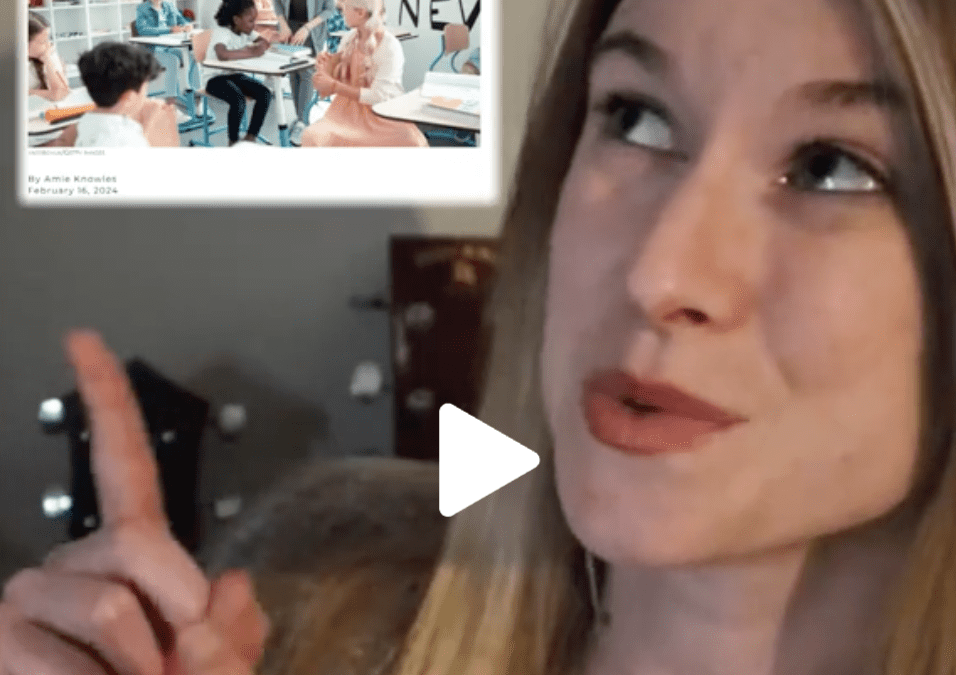
VIDEO: Your support matters!
Your support matters! Donate today. @vadogwoodnews Your support matters! Visit our link in bio to donate today. #virginianews #virginia #community...
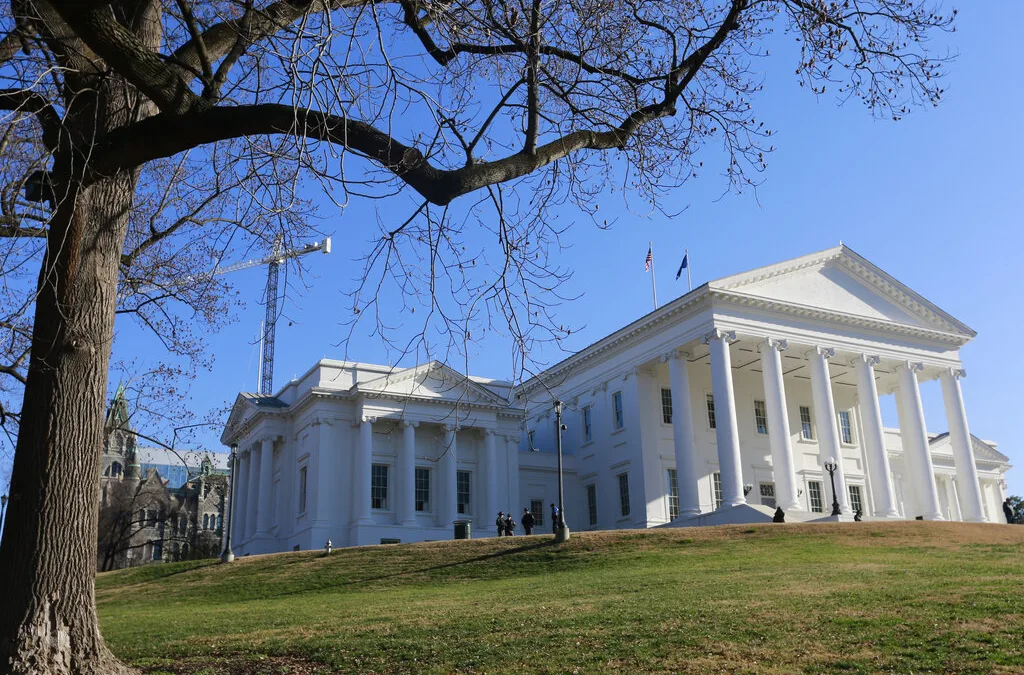
Op-Ed: Virginia’s new Democratic majorities pass key bills to improve your lives, but will Youngkin sign them?
The 2024 Virginia General Assembly regular session has wrapped up. It was a peculiar session from the outset, with Democratic majorities in the...
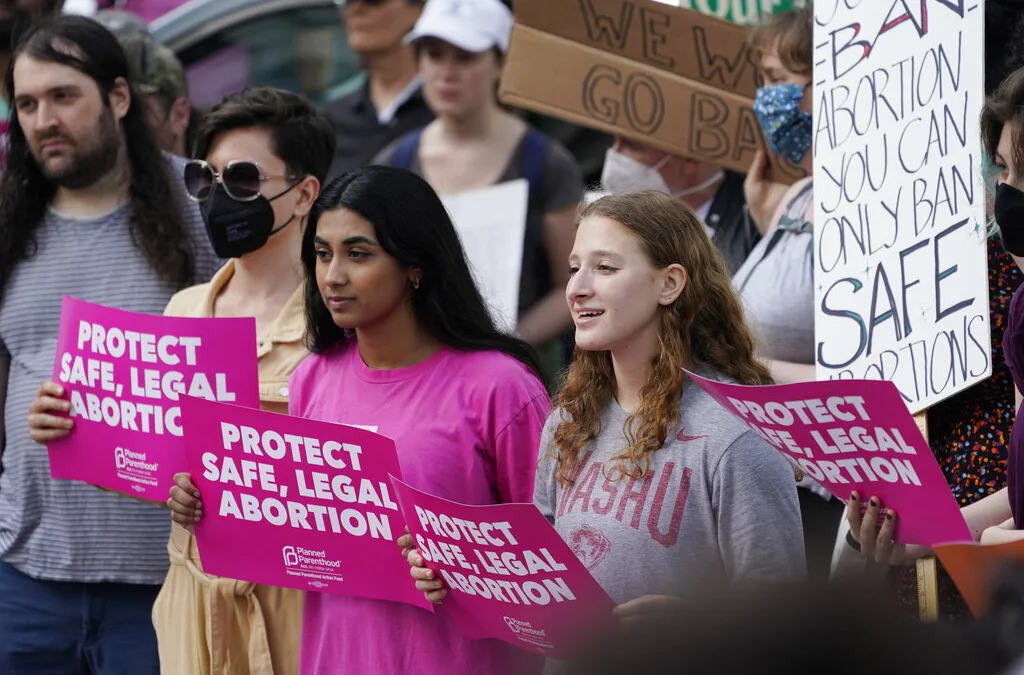
Op-Ed: Why Virginia Needs A Constitutional Amendment Protecting Reproductive Freedom
Virginia’s recent election season in 2023 drew in eyes from all over the country. Reproductive freedom was on the line and Virginia remained the...

From the state rock to the state flower, here’s how Virginia got its symbols
Have you ever wondered why the Dogwood is the state flower? Or how the cardinal became the state bird? We’re here to answer those questions and more...

VIDEO: Second-gentleman Douglas Emhoff gives speech on reproductive freedom
Second gentleman, Douglas Emhoff touched on reproductive freedom not only being a woman's issue but "an everyone's issue" during the Biden-Harris...
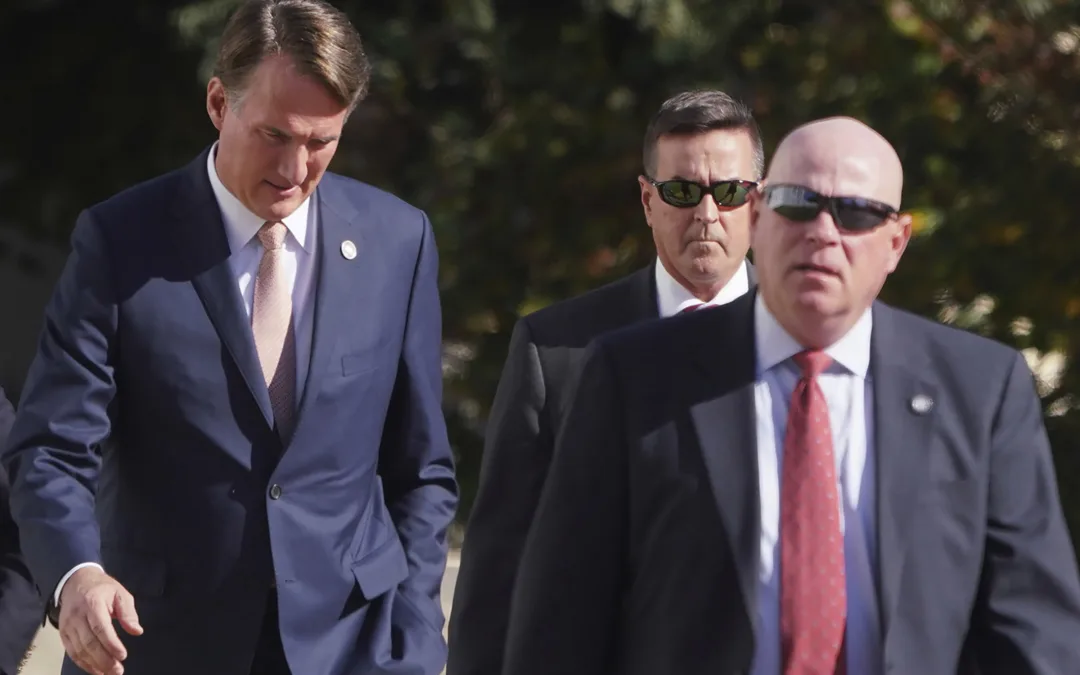
Glenn Youngkin and the terrible, horrible, no good, very bad night
Election Day 2023 has come and gone, and while there are votes to be counted, one thing is perfectly clear: Virginians unequivocally rejected Gov....


